Alcalá de Henares: Visiting the Birthplace of Cervantes
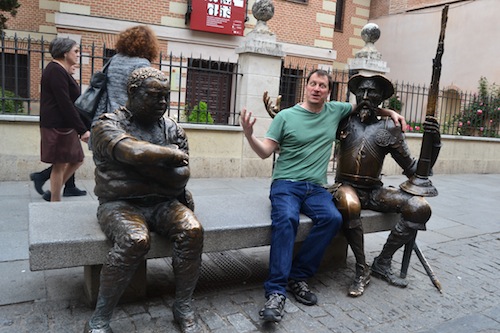
Spring has finally sprung here in Madrid. The sidewalk cafes are full, and those who can’t find a seat have set off to the countryside to go hiking. It’s a good time to leave the museums and galleries behind and take a look at what the surrounding area has to offer.
This past weekend my family and I visited Alcalá de Henares, a small city 40 minutes on the suburban train outside of Madrid. Its main claim to fame is being the birthplace of Cervantes, who has been in the news recently because Spanish archaeologists discovered his tomb.
Like many Spanish cities, it has its roots in prehistory and came to prominence in Roman times, when it was called Complutum. After the fall of the empire it was a Visigothic settlement and was later taken over by the Moors, who built a citadel (“al-qal’a” in Arabic, a common place name in Spain). During the Moorish period it was a thriving town with large Christian and Jewish quarters.
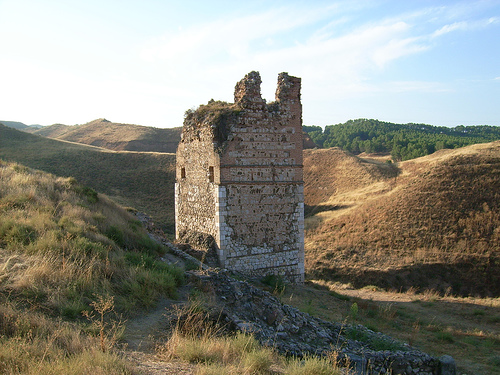
The year 1492 is most remembered for Christopher Columbus reaching the Caribbean and thinking he had arrived in India. His first meeting with Ferdinand and Isabella was at the Archbishop’s Palace in Alcalá de Henares. While Columbus’ voyage had an enduring impact, in Europe that year the end of the Reconquista was far bigger news. The last Moorish holdout, the southern city of Granada, fell to the Christian rulers Ferdinand and Isabella. All Muslims and Jews were kicked out of the kingdom or required to convert.
The old Jewish quarter can still be seen in the form of a colonnaded avenue which is now sadly given over to shops and bars. On the weekend it’s crowded and noisy, and it’s hard to capture the old atmosphere. You’re better off going along the side streets around it. This is the heart of the historic old town and a UNESCO World Heritage Site.
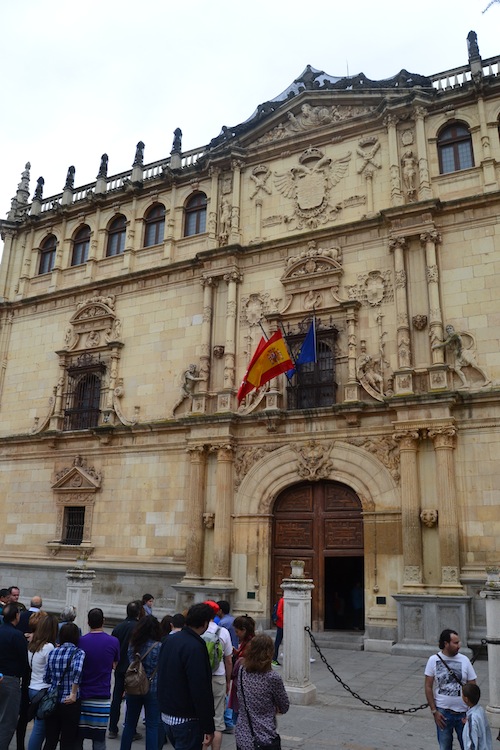
Also consider going to the fine university, one of the world’s oldest having been founded in 1293. Another good stop is the cathedral, built in the early 16th century on much older foundations. There was a chapel here as early as 414 AD in honor of Saints Justus and Pastor, two local Christian boys who were martyred during the persecutions under the Emperor Diocletian. Just 9 and 13 years old, they were whipped and beheaded for refusing to give up their faith.
The house where Cervantes was born in 1547 is open to the public, but the famous author only spent his early childhood there. There’s also an excellent regional archaeology museum and the usual selection of awesome restaurants and bars, this being Spain.
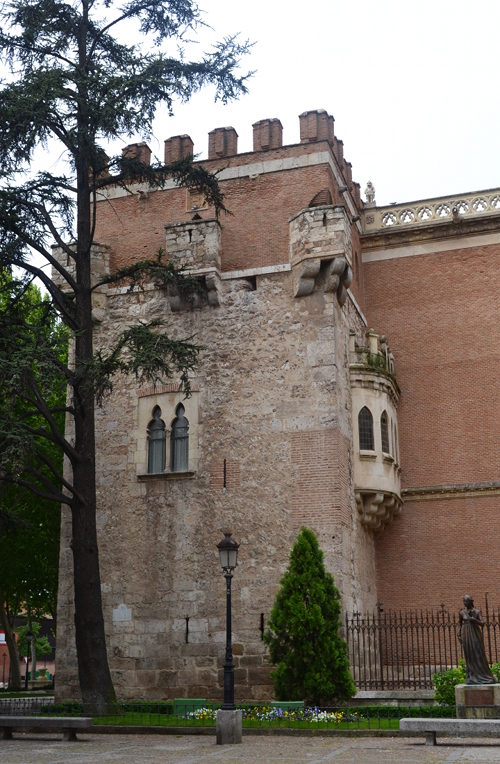
Alcalá de Henares makes for a family-friendly day trip from Madrid. My nine-year-old son enjoyed himself so much in the museum he stole my camera, took plenty of photos, and wrote about it on his own blog, Remote Islands and Stuff. The museum isn’t on a remote island, but it counts as stuff.
For other good day trips in and around Madrid, see my articles on the ancient Egyptian Temple of Debod, the Royal Armory, the Naval Museum, the Roman and Medieval treasures at the Archaeological Museum, and the local castle.
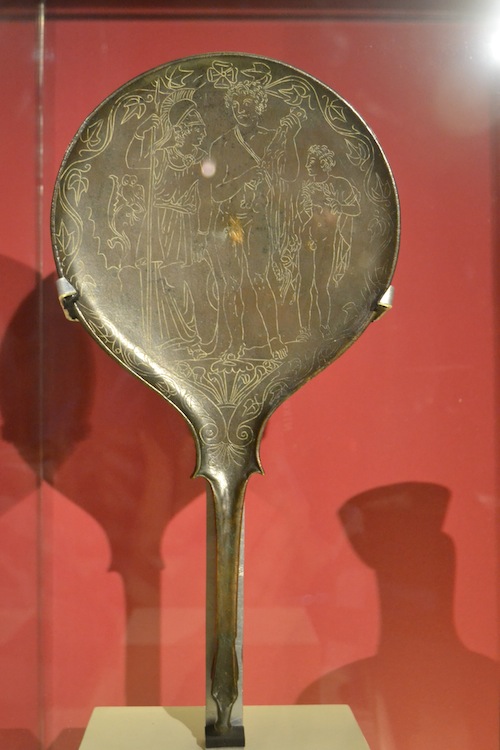
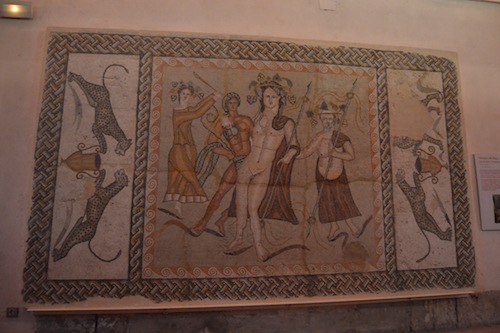
Sean McLachlan is a freelance travel and history writer. He is the author of the historical fantasy novel A Fine Likeness, set in Civil War Missouri, and several other titles. His most recent novel, Trench Raiders, takes place in the opening weeks of World War One. His historical fantasy novella The Quintessence of Absence, was published by Black Gate. Find out more about him on his blog and Amazon author’s page.
All photos copyright Sean McLachlan unless otherwise noted.
Ah Sean, you are killing me with all these Spanish posts. I miss being there so much. My husband and I are planning a trip to Spain next February and we’ll be in Madrid for a few days. Maybe we can meet for a drink.
That would be fun! Drop me a line via my blog. There’s a link in my bio.